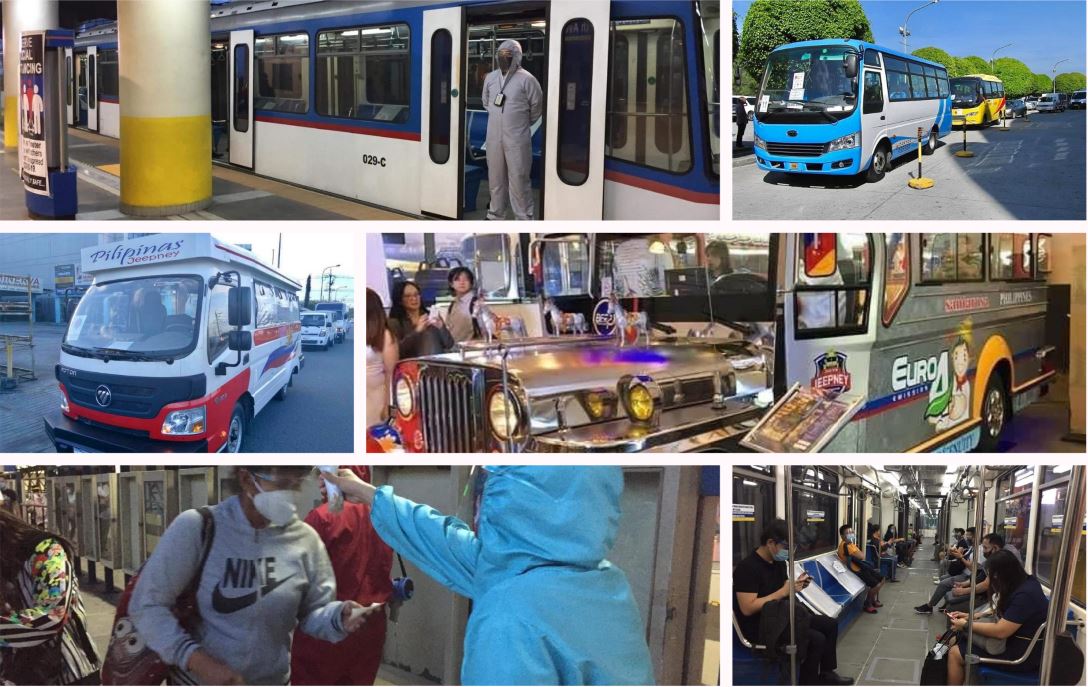Transit Advertising Philippines: Get To Hundreds Of Travelers Daily
Transit Advertising Philippines: Get To Hundreds Of Travelers Daily
Blog Article
How Transportation Marketing Can Change Public Transport Spaces Into Dynamic Advertising And Marketing Operatings Systems
Transit marketing holds significant potential to redefine public transport rooms right into lively marketing platforms that engage and inform. By making use of innovative layouts such as interactive booths and digital display screens, brands can not just reach a diverse audience yet also boost the total commuter experience. This strategy develops a distinct chance for brands to connect with customers in a setting that is often forgotten. As we check out the complex advantages and advancing techniques of transit marketing, it increases the inquiry of just how this transformation might redefine our communications with both brand names and the city setting.
Advantages of Transit Marketing

Furthermore, transit advertising is very affordable compared to traditional media. It permits advertisers to achieve high impacts at lower costs, maximizing roi. The restricted audience of travelers offers a possibility for brands to share their messages to people that are commonly receptive throughout their travel times.
Furthermore, the dynamic nature of transportation marketing permits projects to be updated regularly, ensuring that messaging continues to be pertinent and prompt. This flexibility can be essential in reacting to market trends or promotional occasions, maintaining the brand top-of-mind for consumers. Finally, the prevalent presence of transit advertising and marketing adds to brand recall; duplicated direct exposure within familiar travel contexts strengthens brand understanding and promotes consumer loyalty, ultimately driving sales and boosting brand name reputation.
Kinds of Transit Marketing
Public transport systems supply various styles for advertising and marketing, each accommodating different marketing techniques and audience interaction methods. One popular type is exterior bus and train wraps, which cover the entire car and create a mobile billboard effect, enabling high visibility in urban environments. These wraps can capture attention as they traverse busy roads, getting to a varied target market.
An additional preferred style is interior marketing, that includes posters, electronic displays, and ads on transit seats. These positionings involve passengers during their trip, enhancing brand name messaging in a confined space. Digital presents, specifically, use the advantage of dynamic web content, allowing advertisers to update messages in real-time.
Terminal marketing is also substantial, featuring posters, banners, and interactive stands within transportation stations. These advertisements leverage foot traffic and can target certain demographics based on area.
Finally, advertising partnerships with transportation authorities can cause unique projects, such as themed transit experiences or events, improving the overall involvement with commuters. Each sort of transit advertising and marketing uses distinct advantages, enabling brands to customize their approach to properly reach their target audience within the general public transportation ecological community.
Engaging Travelers Successfully
Commuters are significantly swamped with advertising and marketing messages during their day-to-day travels, making it necessary for brands to engage them in innovative methods. To record attention in this congested area, marketers should focus on creativity and significance. Utilizing eye-catching visuals and succinct messaging can considerably improve the chance of interaction.
Interactive components, such as QR codes or augmented truth attributes, can likewise change fixed ads into immersive experiences, promoting a deeper connection with the audience. Brands must concentrate on resolving travelers' needs and interests, tailoring messages to resonate with their way of life, whether with promotions for regional services or solutions created to improve their travelling experience.
Additionally, timing plays an essential function; purposefully positioning ads during height commuting hours can maximize exposure and influence. Involving commuters successfully likewise includes leveraging social networks combination, allowing passengers to share their experiences or promotions straight from transit platforms, thereby amplifying brand name reach.
Fundamentally, efficient interaction rests on understanding the traveler trip and creating compelling, interactive, and pertinent advertising and marketing experiences that not only capture attention yet additionally drive activity and loyalty. By doing so, brands can change public transport into a vibrant advertising and marketing platform that resonates with its target market.

Measuring Advertising And Marketing Influence
Just how can brand names precisely assess the performance of their marketing campaign en route environments? Gauging the influence of transit advertising and marketing calls for a diverse approach that incorporates qualitative and quantitative metrics. One common method is tracking involvement through mobile analytics, where brand names can evaluate foot traffic patterns and Source application interactions previously, during, and after projects.
Surveys can provide useful insights right into brand recall and customer belief, permitting brand names to gauge exactly how well their messages resonate with travelers. Additionally, monitoring social networks involvement associated to details campaigns can expose changes in public perception and brand name conversation.

Moreover, collaborating with transit companies can boost dimension precision, as they frequently possess in-depth group information on ridership trends. By integrating these approaches, brands can establish a detailed understanding of their advertising and marketing effectiveness, guaranteeing that their campaigns not only reach but likewise affect their target audiences successfully.
Future Patterns in Transportation Advertising And Marketing
A substantial change is prepared for en route advertising and marketing as technical innovations and changing consumer behaviors reshape the landscape. Transit Advertising Philippines. The integration of digital displays and multimedias is anticipated to boost involvement, enabling brand names to provide dynamic content that resonates with varied target markets. As public transport systems accept smart technology, marketers will leverage real-time information analytics to tailor messages based on guest demographics and resource habits
Moreover, boosted truth (AR) is poised to revolutionize the means commuters communicate with advertisements. By supplying immersive experiences, AR can transform an ordinary journey into an appealing narrative that records interest and fosters brand name loyalty. This technology will likely motivate marketers to produce even more experiential campaigns that drive consumer interaction.
Sustainability is one more vital fad influencing transportation advertising and marketing. As ecological awareness expands, brand names will significantly seek to line up with environmentally friendly methods, utilizing lasting products and promoting environment-friendly initiatives within their projects.
Conclusion
In verdict, transit advertising and marketing offers considerable benefits by improving brand name presence and engaging a restricted target market. Through different layouts, such as exterior wraps and electronic displays, it transforms public transport right into a vibrant marketing system. Effective engagement methods and durable measurement methods better amplify its effect. As fads evolve, the potential for ingenious communications between brands and travelers is poised to grow, making certain that transportation advertising stays a crucial part of modern marketing techniques.
Transportation advertising and marketing holds significant potential to redefine public transportation areas into lively marketing platforms that engage and inform. The prevalent presence of transit advertising and marketing adds to brand recall; repeated direct exposure within acquainted traveling contexts strengthens brand awareness and cultivates customer commitment, eventually driving sales and improving brand online reputation.
Just how can brand names accurately assess the performance of their marketing campaigns in transportation atmospheres?In conclusion, transportation marketing provides substantial advantages by enhancing brand name visibility and involving a captive target market. Transit Advertising Philippines. As patterns advance, the capacity for innovative communications between commuters and brand names is poised to expand, making sure that transportation check my site marketing continues to be a crucial component of contemporary marketing methods
Report this page